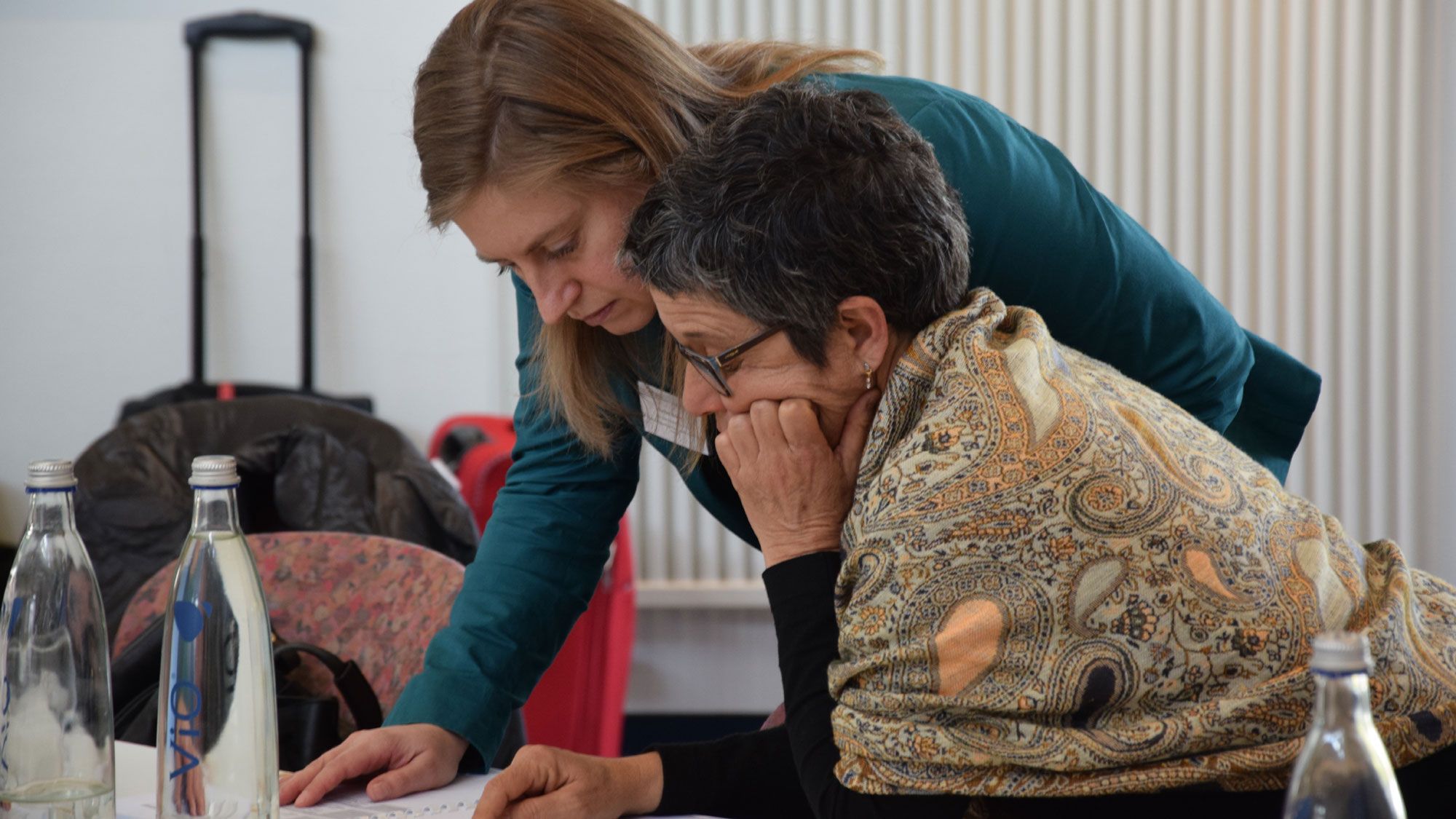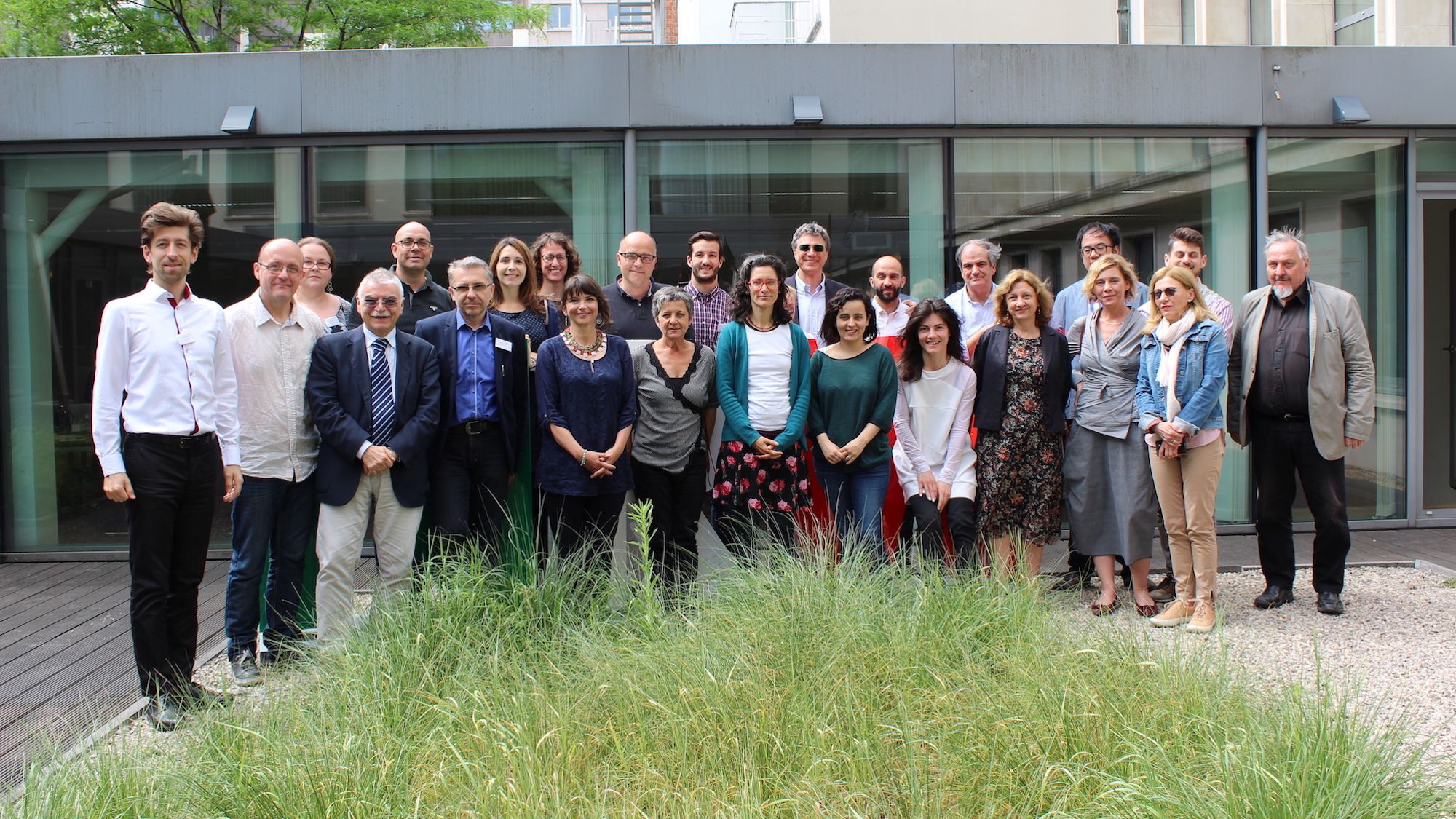Governance
There is not a consensual definition of the term governance. It is used in the description of new forms of steering/regulation (see Benz, 2004). From the outset, it is important to notice that ‘governance’ is not a theory in the narrow sense of the term, but rather an analytic approach that calls attention to important changes in perspective in the political field. These shifts in perspective refer to using the term ‘governance’ to conceptualize activities of regulation and governing for which conventionally concepts such as ‘steering’, ‘governing’, ‘control’, ‘interdependence’ had been favoured. Governance addresses ‘government’, ‘management’, ‘coordination’, ‘regulation’ etc. among different agents within the state, the market, the economy and civil society structures in non-hierarchical and network-like structures (Benz et al., 2007; Ball and Junemann, 2012).
The term Governance has been criticized for being “notoriously slippery”, but also for its heterogeneous usages as a concept with practical, normative, melioristic, etc. connotations (Pierre and Peters, 2000). While acknowledging a more normative usage such as in ‘good governance’ or ‘New Governance’, in YOUNG_ADULLLT, we favour a descriptive-analytical usage of the term.
The term governance is used in many social science disciplines as an interdisciplinary “bridging concept” (cf. Schuppert, 2006, p. 373), thus linking the various academic discussions on forms of collective decision-making and implementation in political, legal and administrative sciences, in sociology, and more recently also in education science. It indicates a significant shift in emphasis relevant to all disciplines, “namely from actor-centeredness to an emphasis on regulatory structures” (Schuppert, 2006, p. 374, own translation). Renate Mayntz refers to governance as comprising all forms in which public and private actors, separately or jointly, aim to produce common goods and services and solve collective problems. For her,
“Governance means the sum of all concurrent forms of collective regulation of social issues: from the institutionalized self-regulation of the civil society, through the diverse forms of cooperation among state and private actors, up to the action of sovereign state agents.” (2004, p. 66, own translation).
Governance Studies elaborated on a number of analytical categories that are very useful in understanding contemporary patterns of coordination of action (see also: Parreira do Amaral et al. 2015). Among the central categories, we may distinguish among the following four:
- Actors and actor constellations: Governance research aims at identifying the contribution to governance made by individual stakeholders. It distinguishes between individual (e.g. teachers, students, parents, policy-makers) and organized (collective and corporative) actors. Collective actors depend on the preferences of its members (e.g. trade unions) and corporative actors are characterized by leadership that acts independently from the interests of their members (e.g. education administration). While governance research discerns between individual and organized actors, the unit of analysis is the actor constellation: i.e., the interaction of actors. "The constellation acts, not the actor“. It is also important to recognize that specific actor constellations influence the expectations and options for action of single actors.
- Interdependence: The governance approach assumes the interdependence of actors, i.e. their mutual dependence as essential. However, one condition for this is that actors have no exit option (e.g. example compulsory schooling). In modern societies, mutual dependencies are embedded in legal, organisational and cultural conditions. That is, more or less stabilized. The concrete forms that interdependency assumes depends – besides these normative provisions – from the resources that a player has.
- Basic mechanisms and modes of governance: There are different basic mechanism or models of governance as constellations of action coordination: At the micro level: observation, influence, negotiation; at the macro level: bureaucracy (or hierarchy), market, community, networks. Lange & Schimank (2004, p. 20) distinguish three basic governance mechanisms, which may be used to analyse modes of coordination on a micro-level: There are constellations of observation, in which coordination of social action is achieved by unilateral or mutual adaptation to what has been observed of the others’ action. In constellations of influence coordination is achieved by targeted use of means of potential influence, such as power, money, knowledge, emotions, moral authority, etc. ‘Observation’ is a precondition for ‘influence’. In constellations of negotiation social coordination is based on bilaterally elaborating arrangements which may display their binding effects also without the exercise of power. ‘Observation’ and ‘influence’ are preconditions for ‘negotiation’.“ (Altrichter, 2010)
- Multilevel system: One important contribution of the governance perspective is to point out that education governance have to be viewed as complex social systems, and as such as multilevel phenomena. To be sure, not all actors interact with all other actors in the same way, but there are typical constellations of actors, typical ‘levels’ with particular modes of action which may be very different from the logic of action of another level. We may discern formal levels – at macro, meso and micro level – as the starting point of analysis: countries, lower and upper school inspection, school, and school principal, etc. and investigate for instance how one level recontextualizes what is targeted at another level.
In YOUNG_ADULLLT, this theoretic-analytical model helps us address issues of coordination of action among the different agents within the state, the economy, the labour market, civil society, and not least young people as what refers negotiation processes of skill supply and demand. With a focus on the regional level, YOUNG_ADULLLT investigates an emerging new political economy of skills in terms of the interrelation of enterprises/employers, training/skill providers and individuals in the supply and demand of skills as well as in terms of assessing what competences and skills are valued and defined as needed, but also in terms of well-functioning arrangements that aim at avoiding further inequalities between high-skilled groups and vulnerable groups. Governance also proves useful in modelling (new) patterns and networks of policy-making at regional and local levels.
References
Altrichter, Herbert (2010). Theory and Evidence on Governance: conceptual and empirical strategies of research on governance in education. European Educational Research Journal, Vol. 9, No. 2, pp. 147-158.
Ball, Stephen & Junemann, Carolina (2012). Networks, New Governance and Education. Bristol: The Policy Press.
Benz, Arthur (Ed.) (2004). Governance – Regieren in komplexen Regelsystemen. Eine Einführung. Wiesbaden: VS Verlag.
Benz, Arthur; Lütz, Susanne; Schimank, Uwe & Simonis, Georg (Eds.) (2007). Handbuch Governance. Theoretische Grundlagen und Empirische Anwendungsfelder. Wiesbaden: VS Verlag.
Bevir, Mark, 2011: Governance as Theory, Practice, and Dilemma, in: Bevir, M. (Ed.). The SAGE Handbook of Governance. Los Angeles: SAGE, pp. 1-16.
Lange, Stefan & Schimank, Uwe (2004). Governance und gesellschaftliche Integration. In: Lange & U. Schimank, Uwe (Eds.). Governance und gesellschaftliche Integration. Wiesbaden: VS Springer, pp. 9-46.
Mayntz, Renate (2009). Über Governance. Institutionen und Prozesse politischer Regelung. Frankfurt/M.: Campus.
Parreira do Amaral, M., Dale, R., Loncle, Patricia (Eds.) (2015). Shaping the Futures of Young Europeans: education governance in eight European countries. Oxford: Symposium Books.
Pierre, J. & Peters, G.B. (2000). Governance, Politics and the State. Basingstoke: Macmillan.
Schuppert, Gunnar F. (2006). Governance im Spiegel der Wissenschaftsdisziplinen. In: Schuppert, Gunnar Folke (Ed.). Governance-Forschung. Vergewisserung über Stand und Entwicklungslinien. Baden Baden: Nomos, 2nd Ed., pp. 371-469.
(Marcelo Parreira do Amaral)
























